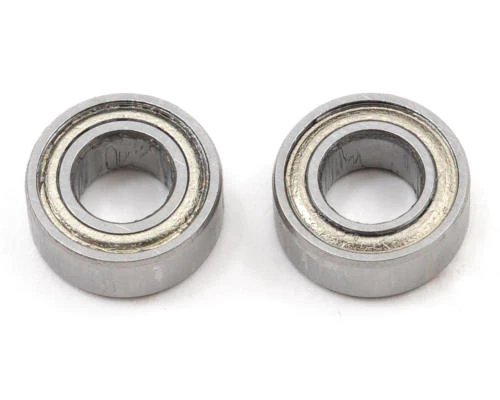
Introduction: Bearing failure can lead to mechanical equipment downtime and maintenance, resulting in loss of production efficiency. This blog will introduce the common causes of bearing failure, diagnosis methods and preventive measures.
1. Bearing fault types: Introduces common bearing fault types, such as fatigue failure, poor lubrication, overload, etc., and the characteristics and effects of each fault.
2. Bearing fault diagnosis: Discuss bearing fault diagnosis methods, including stethoscope, vibration analysis, heat map detection, etc., to help readers find bearing faults in time and take measures.
3. Bearing failure case analysis: Provide some actual bearing failure case analysis to explore the root causes of the failure and solutions.
4. Bearing failure prevention: Provide effective measures to prevent bearing failure, such as correct installation, lubrication management, load control, etc., to reduce the frequency of equipment maintenance.
5. Intelligent monitoring and bearing maintenance: Explore the application of intelligent monitoring technology in bearing fault prevention and maintenance, such as remote monitoring, big data analysis, etc.
Blog topic 5: Future bearing technology outlook
Introduction: With the development of science and technology, bearing technology is also constantly innovating and improving. This blog will look at the future development direction and possible impact of bearing technology.
1. Material innovation: Explore the innovation trend of bearing materials in the future, such as high-strength materials, self-lubricating materials, nanomaterials, etc., to improve the performance and life of bearings.
2. Intelligent and adaptive bearings: Show the application of intelligent technology in bearings, such as sensor monitoring, adaptive lubrication system, etc., to optimize bearing performance and energy efficiency.
3. Bearing and sustainable development: Discuss the contribution of bearing technology to sustainable development, such as energy conservation and environmental friendliness.
4. 3D printing and bearing manufacturing: Analyze the application prospects of 3D printing technology in bearing manufacturing, as well as the efficiency improvement and personalized customization that may be brought about.
5. The role of bearing engineers: Explore the role and responsibility of bearing engineers in technological innovation in the future to respond to changing industrial needs.
